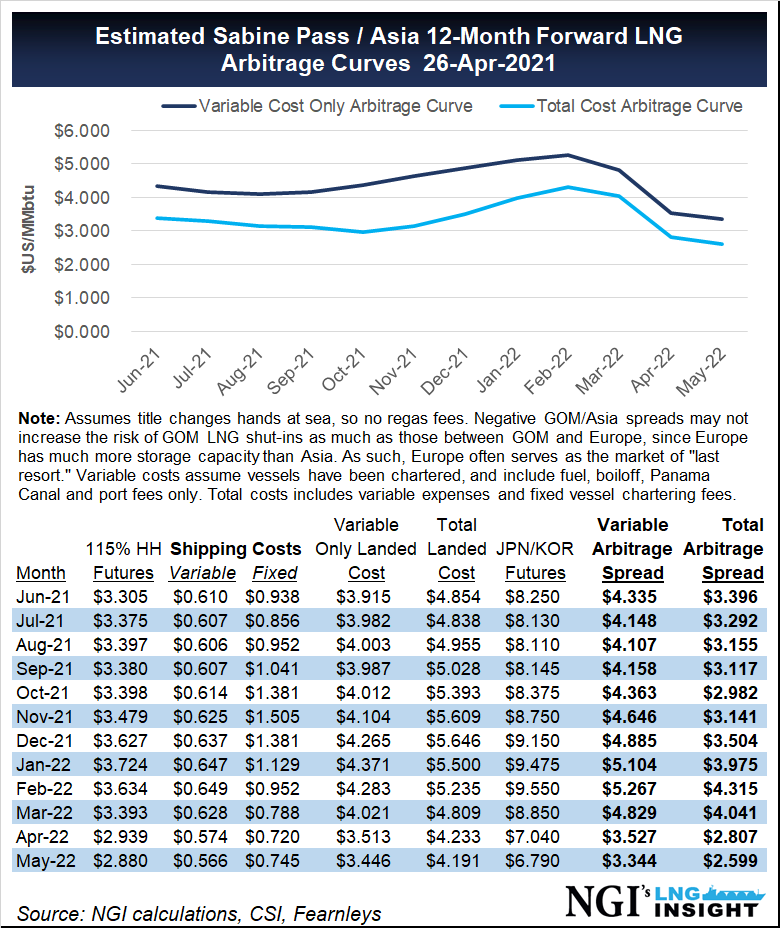A rally in Asian and European natural gas prices lost steam last week, but fundamentals remain unchanged as the coming months are still expected to be tight.
European futures closed higher on Tuesday, recovering some of last week’s losses as the near-term curve was lifted by lingering cold, weak Russian pipeline imports and ongoing strength in carbon prices, which incentivize the use of natural gas in the power sector. Storage inventories on the continent remain low, with only 29.6% of capacity full.
“With very low gas stocks requiring high storage injection needs in the short term and ongoing strong demand from power generation, European gas balances remain tight,” said Engie EnergyScan analysts on Monday. “Therefore, after last week’s drop, European gas prices may...



